

High-Performance Infrastructure for
Data Centers,
HPC, and
Cybersecurity
with Low Latency and Scalability
High-Performance Solutions for Networks
Arista Networks was created to provide solutions in Cloud Networking, large Data Centers, and High-Performance Computing environments. Arista offers a portfolio of Ethernet switches for 1 and 10 Gigabit that redefine network architectures, providing scalability and dramatically changing the price/performance ratio of Data Center networks.

EOS Technology
At the core of the Arista platform is the Extensible Operating System (EOS), an outstanding network operating system with a single image for multiple hardware platforms. Its modern core architecture allows for upgrades and application extensions during service.

Discover the 7000 Family Gigabit Ethernet Switches product line
Discover excellence in network infrastructure with Arista’s 7000 Series Ethernet Gigabit Switches! Ideal solutions for modern data centers, high-performance HPC environments, and advanced cybersecurity.
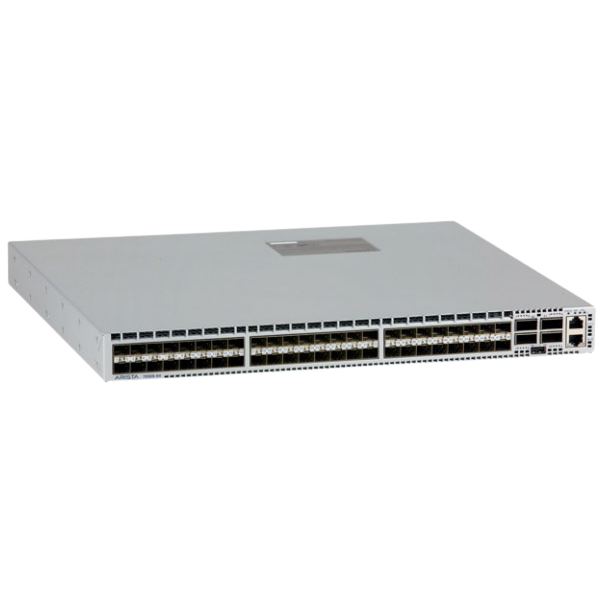
7050 Series
The Arista 7050 series consists of 10GbE and 40GbE multilayer switches with 1U rack integration, running on Arista EOS, the world’s most advanced network operating system.
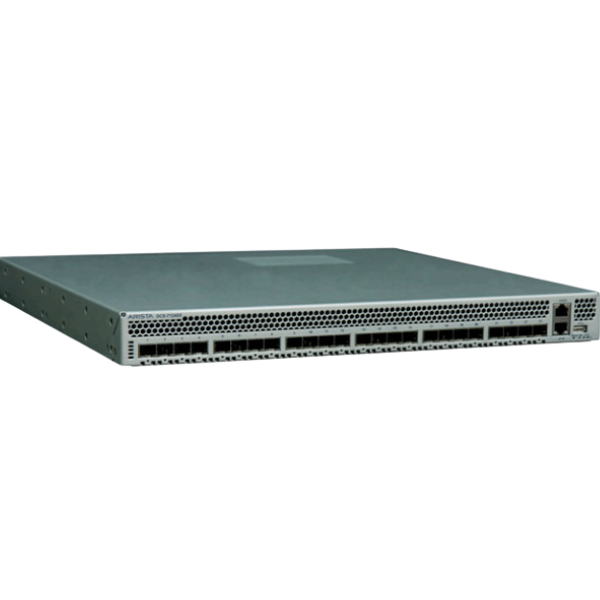
7100 Series
The Arista 7100 series of Ethernet switches for data centers offers the highest density of 10Gb ports in the industry, lowest latency, and the first modular, scalable operating system.
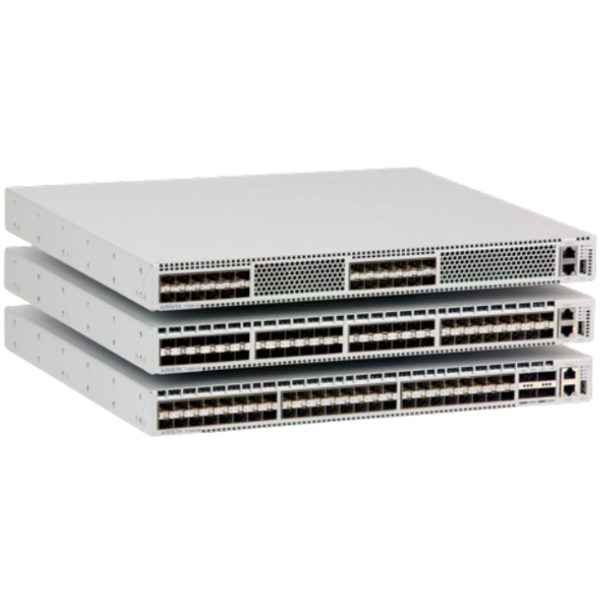
7150 Series
The Arista 7150 series is a leader in ultra-low latency in 1RU platforms, providing a unique combination of performance, advanced features, and a balanced set of resources for the financial market, HPC clusters, and virtualized data center environments.
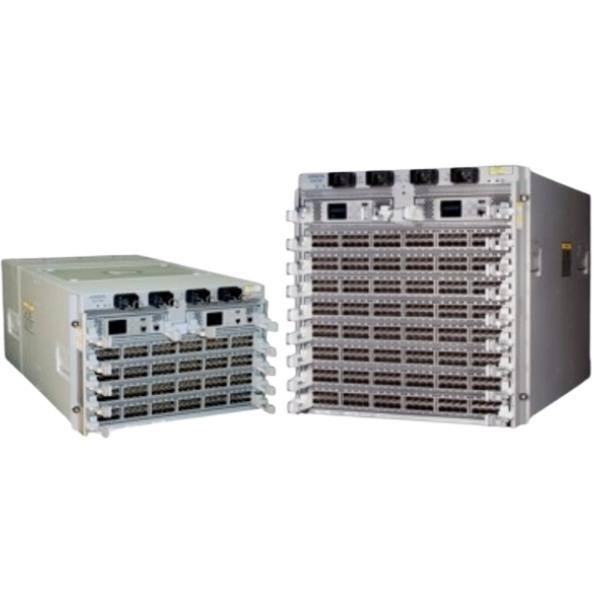
7500 Series
The Arista 7500 series of modular switches sets a new standard in performance, density, reliability, and energy efficiency for Data Centers.
What can be solved with Arista and QD7?
- High Performance for Modern Data Centers
- Ideal Infrastructure for HPC
- Advanced Cybersecurity
- Scalable Cloud Networking
- Simplification of Network Management
- High-Performance Connectivity
- Reduction in Operational Costs

Arista NDR
Traditional security solutions face difficulties with threats beyond malware, such as internal attacks and supply chain threats. The new network, with IoT, cloud, and third-party devices, expands the attack surface, requiring an integrated cybersecurity strategy.
Arista stands out by implementing security at the network level, reducing costs and complexity. Its NDR platform uses AVA sensors to monitor data from data centers, IoT, and the cloud, analyzing over 3,000 protocols and encryption without needing to decrypt data. The EntityIQ™ technology creates autonomous profiles of devices and users for future investigations.
Only Arista NDR

Arista offers EntityIQ™ to autonomously discover and analyze all devices, users, and applications (managed or not) within the organization.

It enables Adversarial Modeling™ to reveal attacks, including insider threats, credential misuse, lateral movement, and data exfiltration.

It automates triage and investigations through AVA™ AI, providing a decision support system for analysts.

It provides visibility into encrypted traffic using AI to identify network applications, remote control, file transfers, and more.

It can be deployed directly on network switches to provide granular visibility, eliminating additional hardware costs.

It does not require agents, manual configuration, or long training periods.
Use Cases
Detection
The platform uses AI to detect and prioritize malicious and behavioral threats, both from insiders and external attackers, mapping them to the MITRE ATT&CK framework.
Response
AVA correlates forensic incidents across entities, time, protocols, and attack stages, highlighting situations with all necessary decision-support data to quickly respond to any threat.
Situational Awareness
Arista NDR learns and tracks entities in IT, OT, or IoT environments, whether on-premise, in the cloud, or SaaS, including both managed and unmanaged devices, as well as contractors and other third parties.
Threat Hunting
The platform’s rich dataset and query capabilities enable powerful workflows for threat hunting. AVA can autonomously expose the entire attack chain within minutes from a single trigger provided by a human analyst.
Deployment Modes
Arista NDR can be deployed in two modes depending on client requirements and network architecture:
All-in-one
In this case, both the AVA Sensor and AVA Nucleus are deployed on a single device. This configuration is ideal for clients who wish to use a single instance of Arista NDR or maintain an isolated view of their deployment.
Split
In this mode, the AVA Sensor and AVA Nucleus are deployed separately. AVA Sensors can be configured in various forms, including Arista switches, physical or virtual devices, and environments like Amazon Web Services (AWS) or Google Cloud Platform (GCP). The AVA Nucleus is offered as on-premises hardware, which can be configured in a cluster mode for higher performance. It is also available as a SaaS service provided by Arista or can be instantiated in the client’s cloud environments. A central console offers a unified portal for analysts, with role-based access control, covering multiple Nucleus deployments.
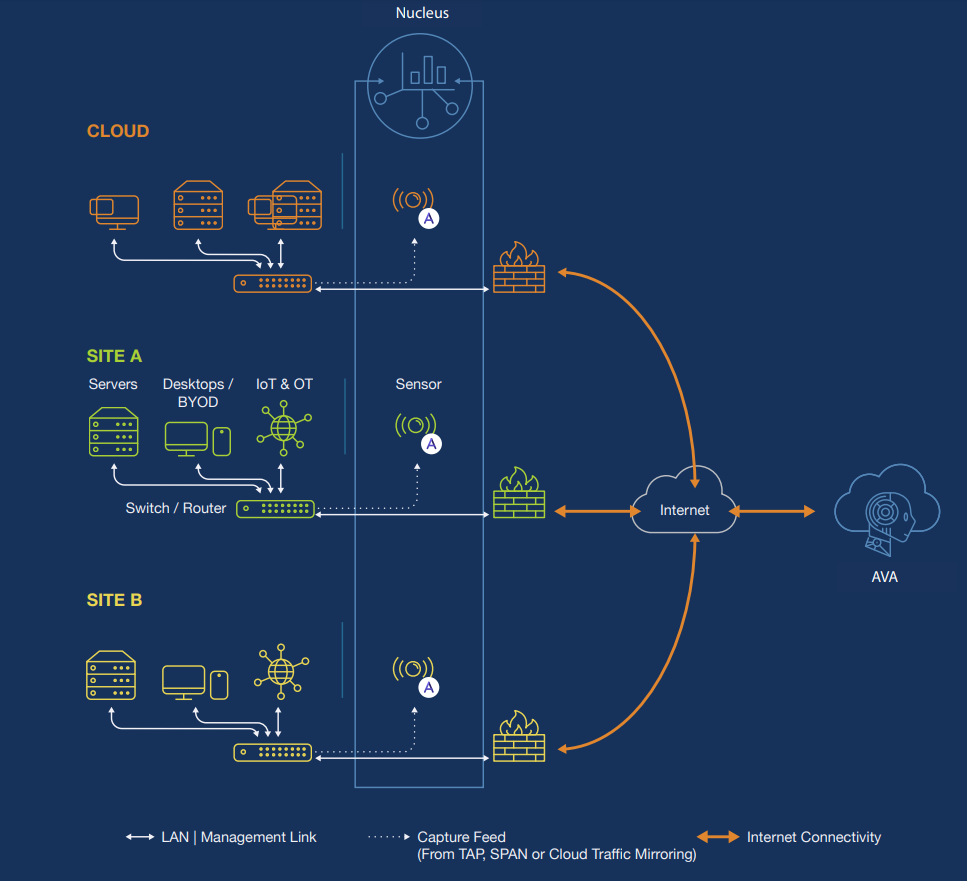
VXLAN for Data Center
The rise in mobile consumption drives challenges for Telcos, such as OTT traffic and competition with public clouds. To address this, they adopt cloud principles, offering secure connections and CDN services.
VXLAN emerged to overcome the limitations of traditional solutions like EoMPLS, enabling efficient Layer 2 transport over Layer 3, supporting mobility, and interconnecting distant data centers as a single integrated network.

The Arista VXLAN Pseudowire Solution
Arista EOS extends VXLAN to provide the “VXLAN Pseudowire,” connecting enterprise application domains in Layer 2 over Layer 3 IP networks. This solution simplifies point-to-point connectivity, reduces complexity, increases resilience, and optimizes the use of protocols.

VXLAN Pseudowire for NFV Deployments in Carrier Central Network
Service providers’ Operations Centers (OCs) are rapidly evolving with the adoption of SDN and NFV architectures. Network functions like PE MPLS (vPE), virtual firewalls (vFW), and deep packet inspection (DPI) are now virtualized in VMs, transforming the OC into a cloud-based virtualized data center. To support this scale, the network uses a leaf-spine architecture with high resilience via MLAG and ECMP.
In this scenario, customers’ Ethernet circuits terminate at the leaf layer instead of the PE router, requiring Pseudowires to connect these circuits to the vPEs. Arista’s VXLAN Pseudowire solution, integrated with the Universal Cloud Network, perfectly addresses these demands, ensuring active-active redundancy with MLAG and support for Layer 2 BPDUs. It is ideal for NFV deployments in new OCs.

Simplifying the Cloud Edge
Another architectural transformation in progress is the cloud edge. Enterprises are rapidly adopting cloud first strategy, whereby significant application workloads are beginning to reside in the cloud. This is fueling bandwidth demand to connect to cloud providers. Amazon’s DirectConnect and Microsoft’s ExpressRoute offer services to establish private connection between their cloud and the enterprise data centers, or at colocation environments, such as an Exchange provider facility or ISPs. There is a growing trend of ISPs providing gateways to connect enterprise customers to public clouds over secure L3VPN connections.
Given the explosive growth of bandwidth, cloud providers are forced to rely on VRF-heavy design at cloud edge, which increases dependency on expensive, scale-up router platforms. Existing solutions are unable to scale fast enough to cater to the required scale, density and performance.

Connecting Enterprise Layer-2 Islands
Enterprises, once dependent on costly Pseudowire services provided by vendors, are now seeking to quickly adapt to market changes productively and economically. Cloud adoption, agile service delivery, and DevOps/Automation initiatives are driving this transformation, changing traffic profiles with bandwidth-heavy applications impacting network costs and connectivity requirements between data centers, branches, and the cloud.
In pursuit of greater control and cost efficiency, businesses are migrating to a self-sustaining network model. Arista’s VXLAN Pseudowire solution offers high-performance and scalable service emulation between data centers or remote locations over any IP network. It’s ideal for workload mobility, application clustering, connectivity between multiple sites, and live migration between data centers. This enables companies to transform their service edge without investing in or expanding costly MPLS circuits.
VXLAN for Data Center
EVPN with VXLAN (RFC 8364) has become the standard for VPN services in leaf-spine IP infrastructures, allowing dynamic deployment of servers and applications. Its growth has brought challenges in scalability, fault containment, and Data Center Interconnect (DCI). Proprietary solutions have attempted to address these issues but with complexity and hardware dependency. This whitepaper presents Arista’s EVPN GW solution, offering hierarchical and multi-domain EVPN designs, improving scalability and fault containment within and between data centers, ensuring continuous EVPN connectivity in the WAN.
Standard based solution
EVPN with VXLAN (RFC 8364) is the standard for VPN services in leaf-spine IP infrastructures, allowing dynamic deployment of servers and applications. Its growth has introduced challenges in scalability, fault containment, and Data Center Interconnect (DCI). Proprietary solutions have attempted to address these issues, but with complexity and hardware dependencies. This whitepaper introduces Arista’s EVPN GW solution, offering hierarchical and multi-domain EVPN designs that enhance scalability and fault containment within and across data centers, ensuring continuous EVPN connectivity on the WAN.
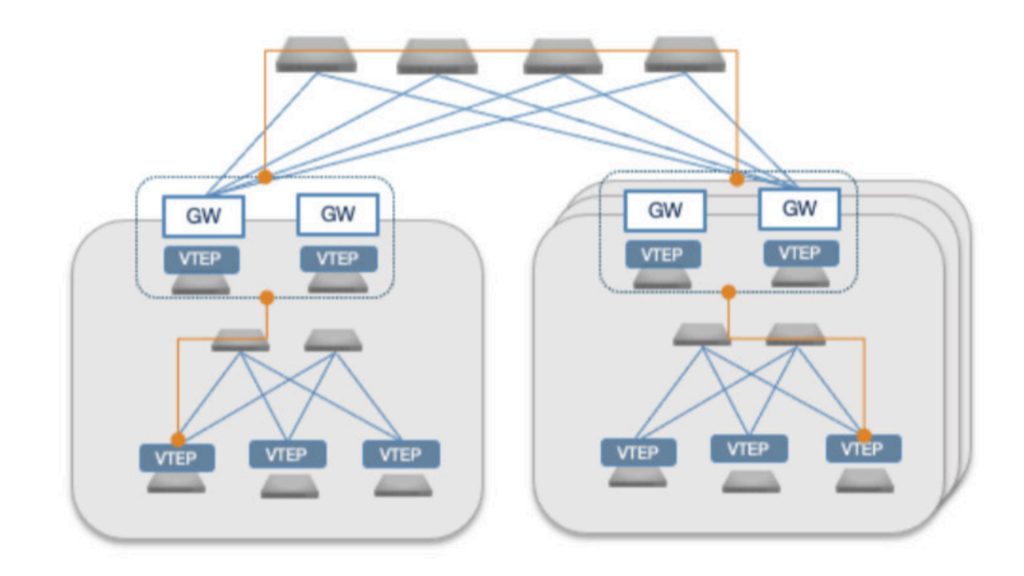
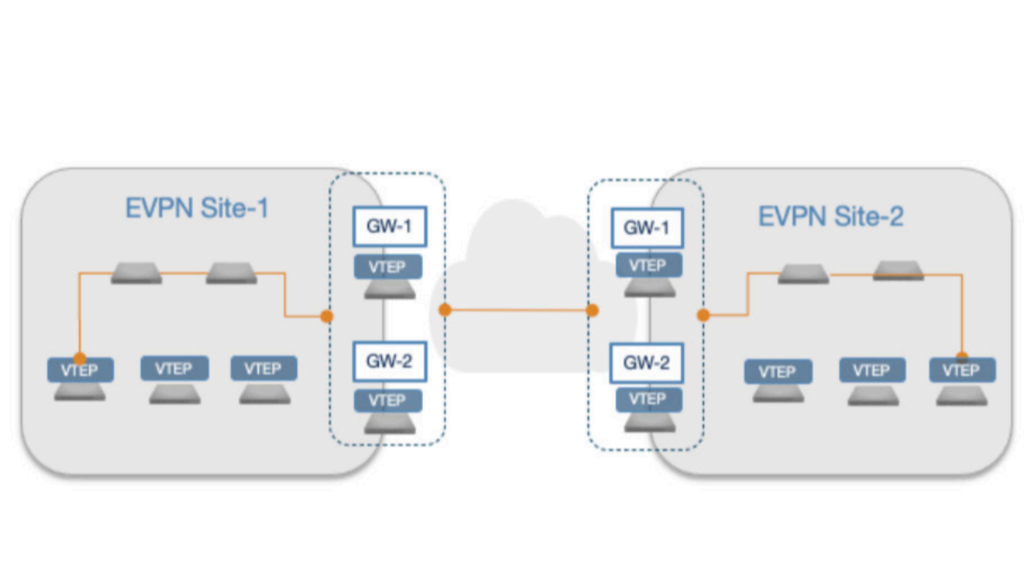
EVPN GW with EVPN-VXLAN interconnect
In the EVPN GW topology model, it is deployed to provide hierarchy by interconnecting Layer 2 and Layer 3 VPN services between different EVPN-VXLAN domains within the same data center or between data centers connected by an IP spine. This deployment model can be defined as an “EVPN-VXLAN to EVPN-VXLAN” gateway, where the control plane between domains is EVPN, and the data plane encapsulation between domains is VXLAN.
EVPN GW with EVPN-MPLS interconnect
In DCI deployment scenarios, some require the EVPN GW to interconnect through an MPLS backbone, either for historical reasons or to provide traffic engineering and fast rerouting functionalities. In this case, the EVPN GW node must translate between VXLAN and MPLS forwarding planes, along with EVPN-VXLAN and EVPN-MPLS control planes. This “EVPN-VXLAN to EVPN-MPLS” gateway model ensures compatibility between domains.
EVPN GW with EVPN-MPLS interconnect
In certain deployment scenarios, interconnecting EVPN domains through an MPLS backbone may be required instead of an IP backbone when MPLS is used in the WAN for historical reasons or for additional traffic engineering or fast reroute capabilities. Arista’s EVPN GW node can be used to meet this need while maintaining Layer 2 and Layer 3 services between EVPN domains. In this model, the EVPN GW node operates an EVPN-VXLAN control and forwarding plane for local domain connectivity and an EVPN-MPLS control and forwarding plane for interconnecting EVPN domains via the MPLS WAN.
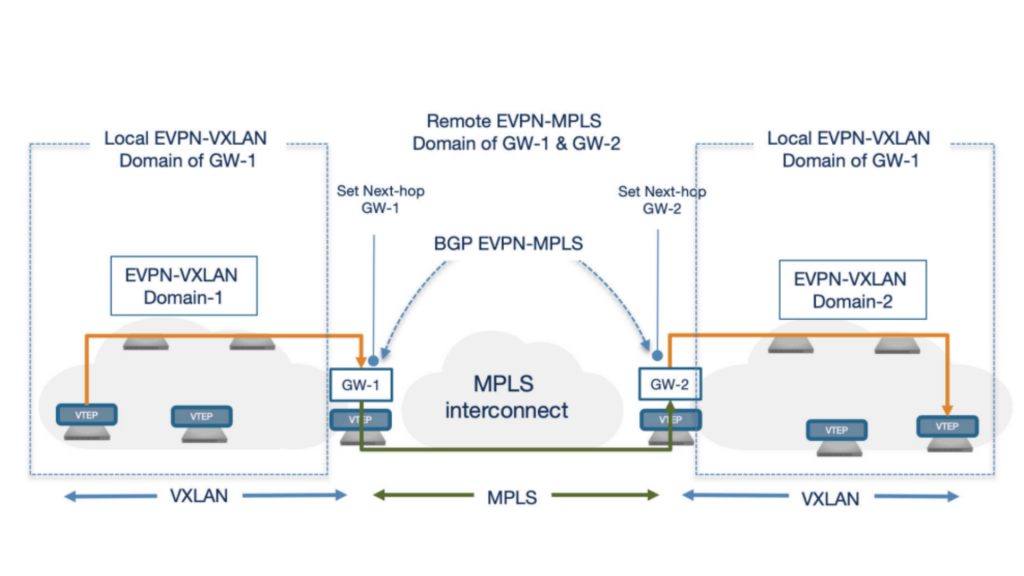
EVPN GW deployment models
In multi-domain data center design, to achieve greater scalability while providing fault containment within the DC, the EVPN topology is built from multiple leaf-spine fabrics, where each fabric represents a wing or floor within the data center. Each fabric is configured as an independent EVPN domain, with GW nodes deployed to provide connectivity between domains. To provide high-speed interconnection between a limited number of domains with no future growth plans, EVPN GWs can be interconnected in a full mesh topology, with iBGP or eBGP designs for peerings between EVPN GWs across domains.
If the number of BGP sessions between GW nodes is a concern or if scalability is needed for future EVPN growth, the most scalable approach would be to introduce a Super-spine layer to interconnect EVPN GWs at the edge of each domain. BGP-EVPN peerings between GWs would be achieved through the Super-spine nodes, which can act as Route-Servers (RS) in an eBGP design or as Route-Reflectors (RR) in an iBGP design.
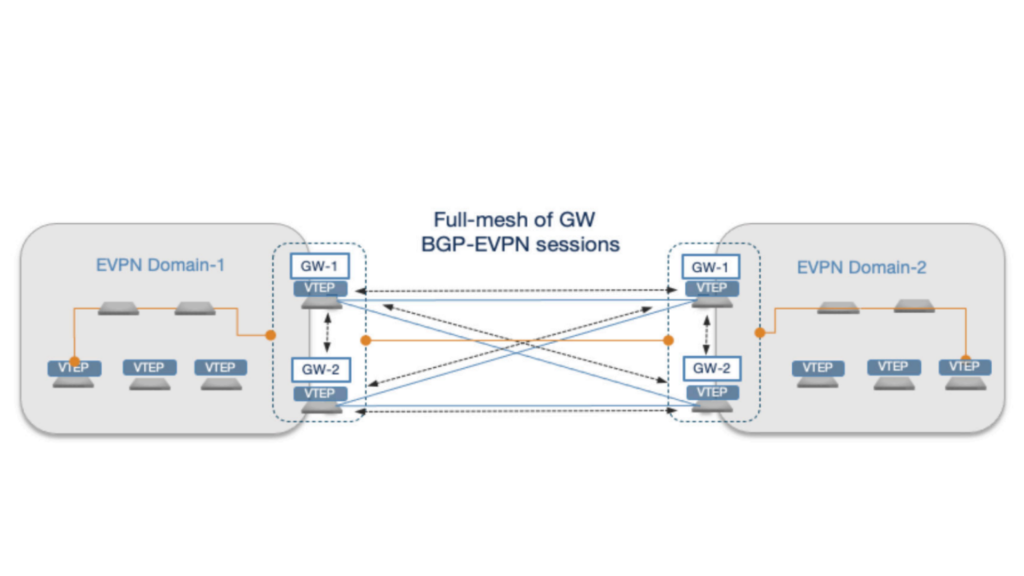
Multi-Domain DCI solution
In a DCI design, interconnecting multiple EVPN sites/data centers through an MPLS or IP backbone is necessary to provide continuous Layer 2 and 3 VPN services between sites. For scalable BGP EVPN design, GW nodes at each site exchange routes while minimizing disruption to the existing EVPN fabric. EVPN GWs can also act as route reflectors within the BGP hierarchy. The design must ensure consistent operation without requiring additional manual configuration, simplifying management as needed.

Switches de 1G ate 800G
The evolution of high-performance applications, such as hyperscale cloud computing and AI/ML clusters, is driven by 400G and 2x 400G Ethernet. Faster, specialized processors, Smart NICs, GPUs, DPUs, and flash storage enable larger clusters that require high-bandwidth, low-latency, and highly scalable networks for optimal performance.
With up to 25.6 Tbps of throughput, the Arista 7060X5 series offers the highest 400G and 800G switching density in a single platform. Its deterministic latency, line-rate performance, and advanced traffic management and instrumentation capabilities make it the ideal foundation for high-performance applications in large-scale clusters.
The 7060X5 series offers versatility in port speeds and densities, supporting 25GbE, 50GbE, 100GbE, 200GbE, 400GbE, and 800G, enabling consistent network architectures that cater to everything from small dedicated clusters to the largest multi-tier networks.
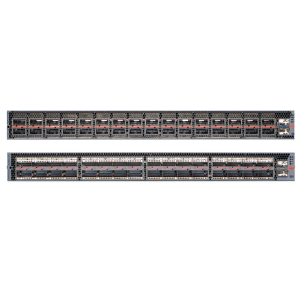
Arista 7060X5-64
32 x 800G QSFP-DD or OSFP800 ports, 2 SFP+ ports
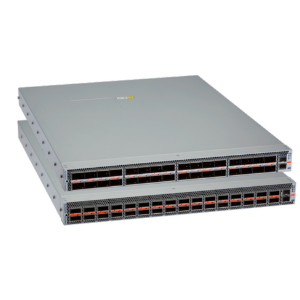
Arista 7060X5-64
32 x 800G QSFP-DD & OSFP ports, 2 SFP+ ports
Contact
One of our experts will contact you as soon as possible!
Send us your contact details. All your data will be safe and we’ll take good care of it.